Hi all! Excited to guest post here on Real Life RD while Robyn settles back into the real world after these crazy whirlwind weeks of getting hitched and honeymooning!
For those who don’t know me, hi! I’m Rachael, a private practice RD in Columbia, SC and a blogger at Avocado A Day Nutrition, where I share recipes for delicious and satisfying food and inspiration for nourishing healthy relationships with food. Robyn and I are part of the same intuitive eating mastermind group (and snuggle buddies at FNCE – our national dietitians conference). I feel so grateful to soak up some of her genius, so I’m happy to pay forward the favor and share a tool I use in my practice to help clients make peace with food.
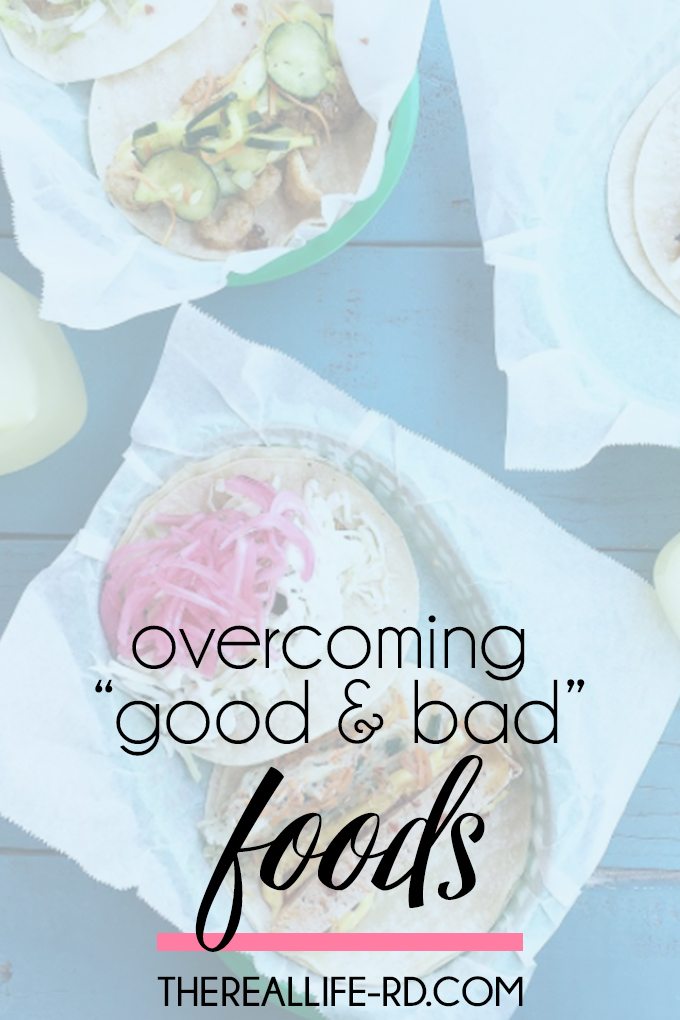
With intuitive eating, one of the biggest challenges is getting past labeling food in black and white terms. The disordered eating brain wants to put food in to nice and neat little categories. Food is “good,” or food is “bad.” There is no grey.
But in order to make peace with food, it’s really important to view all food on equal grounds. Putting certain foods on a pedestal while demonizing others leads to binging, backlash eating, overrestriction, and of course, a whole heck of a lot of shame and guilt.
I think what makes this so difficult is the fact that while morally equivalent, certain foods are more nutritious than others. That doesn’t mean those foods are better than foods that are less nutritious – they simply have more nutrients and serve a different purpose.
There are many ways food can promote health and fuel your body outside of the nutrients it contains. Providing energy is one. While a snack with lots of added sugar might not provide many nutrients, it does provide an easily available source of energy if I decide to go on a run or hike later on. Pleasure is another. Sure, a soda doesn’t provide nutrition, but you know what? An ice cold coke out of a glass bottle (always the glass bottle…) is seriously the most pleasurable thing on a hot and humid South Carolina summer day, especially when it’s paired with a barbecue sandwich and a wood picnic table. Then there’s the social aspect of eating. Most people don’t think of Thanksgiving as “healthy,” but when you think of it as a way to connect with friends and family, how is it not? And frankly, loneliness will shave a lot more years off your life than macaroni and cheese ever will. Dieting… not so great for your social life.
Even if you’re looking at food from a purely nutrition standpoint, it isn’t so black and white. Ice cream provides calcium and fat soluble vitamins. Pasta provides your brain with the carbohydrates it absolutely needs. Heck, even soda contains fluids to help keep you hydrated! That might be hard to internalize, but if you’ve been lost in the desert for a few hours, that soda is preeetty much the healthiest thing you could put in your body.
Are you stuck on labeling food as good and bad, healthy and unhealthy? Try this simple trick that I came up with for my clients to help them banish black and white thinking and begin to view food in shades of grey.
First, when you catch yourself labeling a food as bad, I want you to imagine a scale. The bottom means it contains no nutrients, the top means it’s ripped out of the pages of a Gwyneth Paltrow cookbook. Follow your initial thought and put it on the scale.
If you put it on the bottom of the scale, see if you can move it up a notch. Consider nutrients it contains and energy it provides. This might be difficult, but think back to the basics of where the food comes from. For example, a chip is just potatoes and oil. What kind of nutrition can you get from potatoes and oils? A potato contains fiber, vitamin C, and complex carbohydrate. Oils help you absorb fat soluble vitamins, and fats are beneficial for hormonal health. Even if you’re just moving it up a smidge, it’s one step away from black and white thinking.
If you put it at the top of the scale, take a moment to challenge it. That green juice, while nutrient packed, doesn’t really contain much energy, fat, protein or carbohydrate, does it? The low calorie snack bar you’ve been glorifying? What does it contain in the way of whole food ingredients? Does it really deserve it’s spot at the top of the scale?
Next, think of another scale. This one represents pleasure. Now, here’s the kicker – this scale is just as important as nutrition when it comes to health. Make sure you put equal weight into it! Consider how enjoyable the food, and the eating experience are, then place it on the scale where you see fit.
The goal of this exercise isn’t to discover the perfect “balance” on the scale, but to use it as an exercise to challenge you black and white thinking. Remember, eating in the middle is what’s healthiest, both for your body and soul.
Keep in touch! I’d love to hang out with you on instagram and facebook! Head to my blog my more diet and deprivation free inspiration!
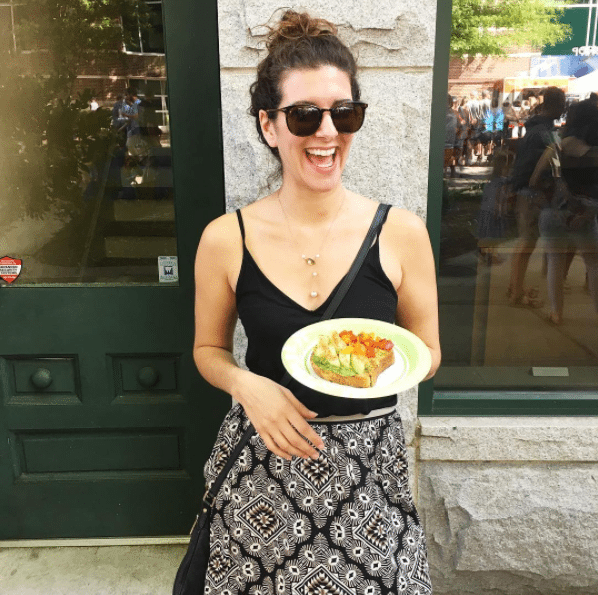
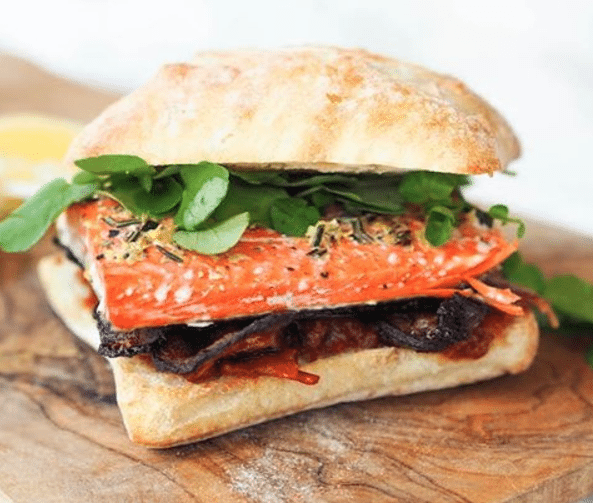
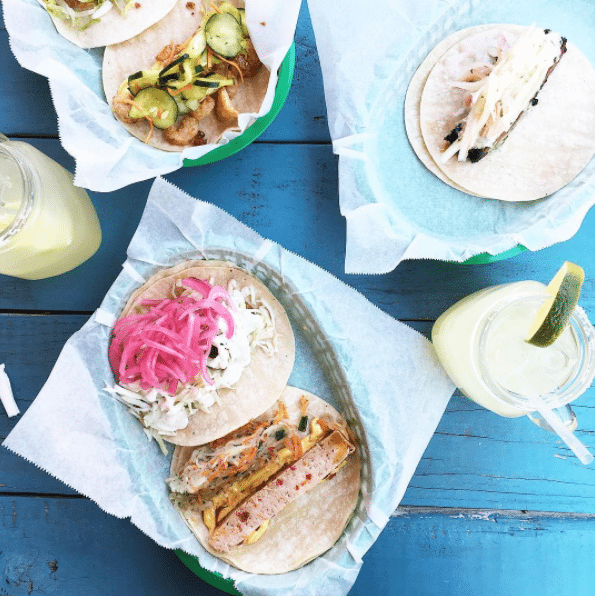
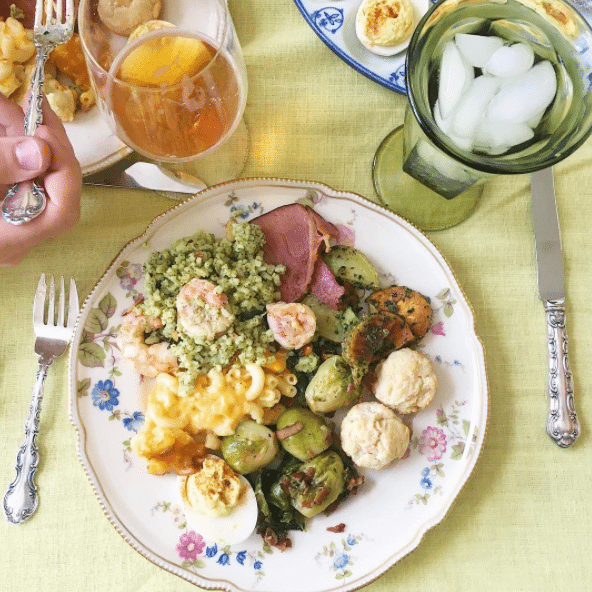

![Behind the Scenes of Intuitive Eating [A Day of Eats]](https://www.thereallife-rd.com/wp-content/uploads/2018/09/41061084_274638653368439_758303487158124544_n-150x150.jpg)
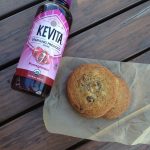












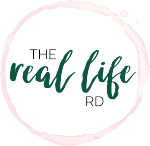
Wow I LOVE this! Thank you!!!
“A soda is the healthiest thing you can put in your body”
I’m sorry but a 5 year old could debunk this nonsense.
This is an AWESOME way to look at foods. Love this and will definitely be telling my clients about it!
I had never thought of it exactly like this before. Breaking myself of the ‘good food’, ‘bad food’ mentality has been hard, but this is such a helpful way of looking at it. The ‘nutrient’ scale really helps. 🙂 And it can always change based on the situation for me. 🙂
I love this post! Thank you so much for breaking it down that way; it really helps!
Really love these concepts & will be coming back to them. Thank you!
Such such SUCH a good post. So well laid out and easy to manifest. Perfect reminders.
Well sounds interesting, worth giving a try.
WOW.. This is Amazing
i love the analogy you used here. nutrition in school was taught to be so black and white but im loving this new approach and really looking beyond calculations and what nots. thank you so much!
That scale is such a wonderful idea! I think it could go for exercise as well… does the exercise or activity being done provide health benefits? but does it also provide enjoyment/stress relief/social connection? Thanks for the brilliant words!
soo so good!!! great idea 🙂
I L O V E this post. I’m definitely one who used to, and sometimes still does, label foods as “good” and “bad” based on nutrient content. Thank you for sharing the helpful scale tip at the end 🙂
I say this all the time, but I so in love with the philosophy RD’s like you and Robyn share. Please please please keep doing what you’re doing!!
I never thought I’d see the day where someone would try to convince me a “soda is the healthiest thing you can put in your body”. What a nonsensical piece of crap article.
with most things in life, understanding things within their context is important…so I’d encourage you to go back and read that sentence within its context. I’ve learned how helpful it is in life to have an open mind when someone shares “non-mainstream” ideas and at least take a moment to listen/read…and if you don’t agree – that’s totally okay! But at least you were willing to hear someone out and make an informed decision. Best to you Sam!